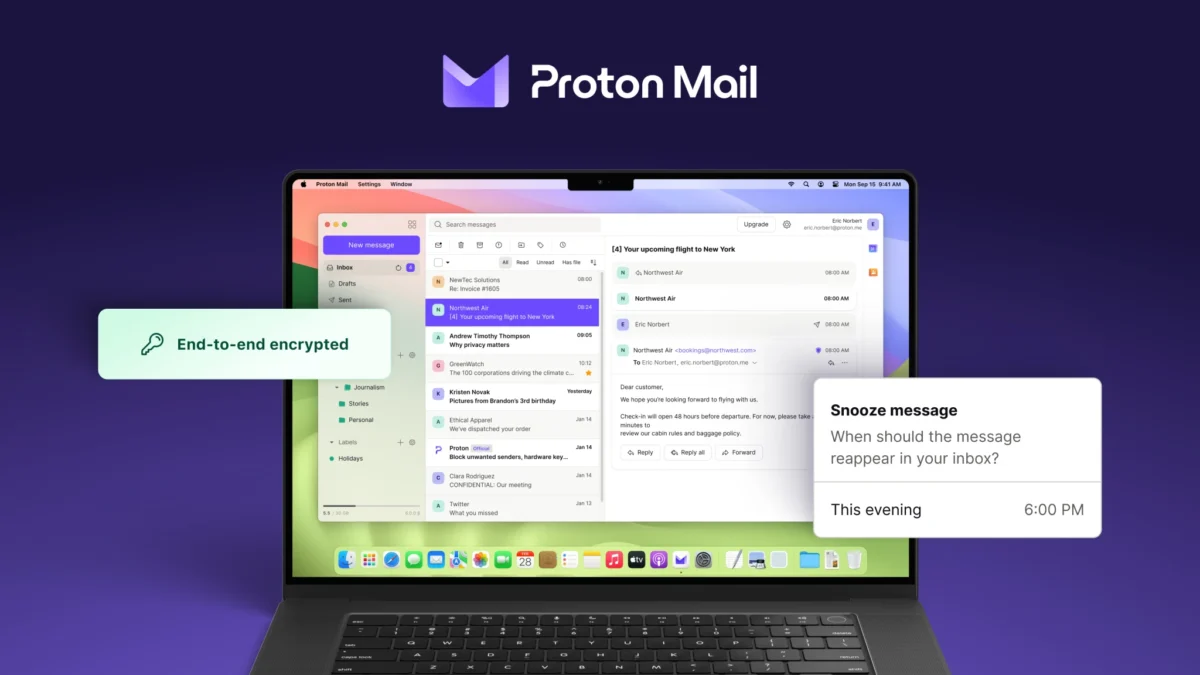How To Handle Bulk Spam As A Webmaster
If you are a webmaster you usually know what spam is. Blog owners experience spam usually in the form of comments, trackbacks or pings that spammer use to place links to their content on websites. These spammers can be classified as three different types. First the manual spammer who researches blogs in the niche and uses manual comments, trackbacks or pings. There is usually no large volume to expect here considering that leaving a comment takes anywhere from 30 seconds to 1 minute on most sites (including page loading times, writing, submitting but excluding finding the domain or website in first place).
The second type are ping and trackback spammers. This is either done by auto-posting articles that others have written without their consent on so called autoblogs. Each post generates at least one pingback to the original site. This can lead to hundreds of pingbacks over time which many webmasters and blog owners publish.
The third and most spammy type are the automated spammers that use specifically designed tools to spam thousands of blogs, forums and every other type of site where content can be posted in hours. Now that we know the different types of spammers we have to discuss how to handle them. This post will mostly deal with automated spammers who post dozens if not hundreds of comments and pingbacks.
Akismet did not object to these ping and Ghacks ended up with more than 300 accepted and published pings from that blog. Many webmasters would now delete them one by one which takes quite a while. A far better solution is to filter for a common denominator which in this case was the url of the website. All comments, pings and trackbacks that include the domain name of that website were listed giving me the option to mark them all and send them to the spam folder.
There might be situations where this is not possible. Maybe the website or script does not offer the option to bulk moderate comments. There is however another option if the website is making use of a database. This does however require some knowledge about the database as a query has to be run in the administration. Most users will probably use MySql where a basic delete query looks like this:
delete from [table “” not found /]
where [column name] = 'value'
To delete all comments from a specific url in WordPress one would do the following:
delete from wp-comments where comment_author_url ='www.example.com'
It is possible to use other table columns like the commenters IP or email for example. How do you handle mass spam to your website or blog?
Advertisement




















Knowing how to use procmail helps as well. I used to have major spam, and just by running an aggressive procmail script for a few months eliminated a ton of it.
@Martin
Now that I have witnesses you asked for it yourself prepare for some torture, I mean questions later this week. :)
You better make screenshots ;)
@Martin
Oh, I have plenty of challenges with my blog. How to raise profits higher than $2 a month and such. :) I knew I am signing up for long term toy when I started it.
Blog’s first birthday in two days and I am still looking at endless mountain of stuff to do, hehe.
Rarst if you have any monetization questions let me know and I’m happy to help out :)
I don’t get mass spam. :) As soon as multiply similar comments are detected one sample is added to spam and rest are denied.
I have a lot of fun tinkering with my anti-spam measures so lately things are almost boring at that front.
Well how about a new challenge then ;)